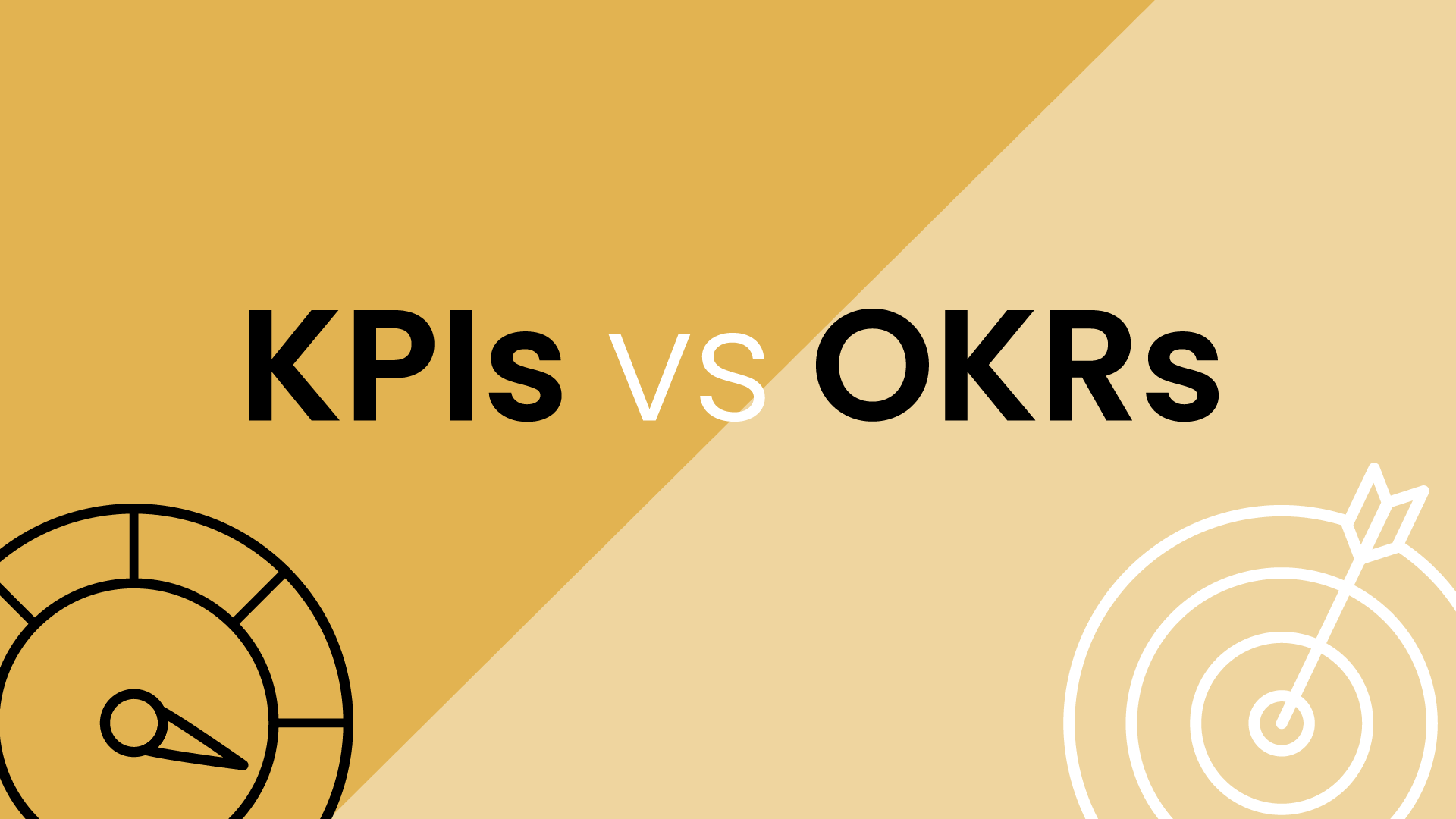

Let's be honest; everyone is busy, and has an ever-growing list of tasks they'd love to tackle. But between emails, meetings, deadlines, and unexpected life events, it's easy for those priorities to get lost in the shuffle. Especially when our to-do lists aren’t reflected on our calendars.
This is why it’s so hard to make time for the stuff that matters. In fact, 78.7% of people are stressed out because their workloads are continuously increasing, and they don’t have enough time to get it all done. But 82% of people aren’t using any kind of time management technique at all. Fortunately, there’s a simple solution for all of these challenges – time blocking your schedule.
Time blocking has generated a lot of buzz over the past few years – and people swear by it because it’s actually been proven to boost productivity up to 80%.
In this guide, learn everything you need to know about time blocking, including benefits, popular methods, time blocking apps, and how to get started blocking your own schedule.
What is time blocking?
Before we dive in any further – what exactly is time blocking?
Time blocking is a time management technique that’s used to divide your days into dedicated blocks of time. And this goes beyond just scheduling your meetings and appointments – time blocking involves scheduling chunks of time for everything you want to do. This includes your daily task work, regular habits, email catch-up, errands, relationships, and anything else you make time for.
So instead of aimlessly navigating your days without a plan – you actually schedule and use time for the things you need to do, estimating how long you think each activity will take. The end result is a realistically planned week with plenty of focus time dedicated to your most important goals.
Who is time blocking for?
Whether you're a super busy manager with a daily schedule filled with a ton of meetings, or a laser-focused professional who needs to stay heads-down on their task list – a time-blocked schedule can help you create more time for productive and meaningful work. Try time blocking if any of these sound like you:
- You're always multitasking (and struggle because 98% of people can't multitask!)
- You have cognitively-demanding projects that require deep work.
- You work on large projects over long periods of time with recurring task work.
- You're constantly interrupted by team members, messages, emails, and meeting requests.
- You want to defend time for your most important work, habits, and routines.
- You want to audit your time every week to track your productivity.
The great thing about time blocking your schedule is that it’s super flexible and customizable to your own style. You can be super committed and create a work plan for the entire week, map out your plan at the beginning of each day, or start by scheduling placeholder focus time blocks to make sure you have at least a few hours a day for productive work around your meetings.And if you don't have a digital calendar yet, check out the best calendar apps to get started with (we highly recommend digital calendars over paper calendars because they’re flexible, automated, collaborative, and can’t get lost!)

What are the benefits of time blocking?
The time blocking method is really effective because it makes you think about your time. Here are the top 10 benefits of time blocking:
- Better focus: Focusing on one task at a time reduces context switching and distractions, which can actually end up wasting 6 hours/day.
- More productive deep work: Create more time for deep work on cognitively-demanding tasks (like research, writing, and designing) to boost efficiency, creativity, quality of your work, and even job satisfaction.
- Optimize shallow work: By time blocking your shallow work (like email, Slack, and data entry) to dedicated times of the day, you can prevent it from distracting you during your focus time.
- Improve planning: Analyze where your time goes every day so you can better estimate how much time you need to defend for future projects and tasks.
- Prevent decision paralysis: By creating an action plan for your day, you can prevent decision paralysis so you know exactly what you're going to work on.
- Hit more goals: By defending time for your daily goals on the calendar, you can make faster progress and hit more of your long-term goals and priorities.
- Better communicate your priorities: By transparently outlining your daily plan on the calendar, your team can see what you’re working on, when you’re available, and when you shouldn’t be interrupted.
- Lower anxiety: By visualizing your to-do list directly with your availability on the calendar, you can understand where your time is going and reduce your time anxiety.
- Increased self-awareness: Time blocking encourages you to track how you actually spend your time versus how you think you spend it. Doing so will provide you insights into areas where you might be overestimating or underestimating your productivity.
- Improved work-life balance: Time blocking can be used to schedule not only work tasks but also personal time, hobbies, and relaxation to help create a healthier work-life balance.
5 most popular time blocking methods
Now that we've covered the benefits – let's take a look at some of the most popular scheduling approaches for the time-blocking technique.
1. Task batching
Task batching is when you group multiple tasks together (that are similar or related) into specific time blocks on your calendar. This boosts allows you to minimize context switching between totally unrelated topics, which can actually reduce your productivity by up to 40%.
This is particularly effective for shallow work tasks that can be done while distracted - like catching up on your email, Slack, or call list. Task batching these smaller tasks and catch up items works best by setting aside a couple short time blocks a day so you can avoid the constant stream of distraction from every new notification. Other examples of grouping similar tasks together include launch planning, research projects, and writing assignments.
2. Day theming
A more advanced approach to task batching is day theming. Day theming is the practice of time blocking an entire day dedicated to specific tasks, topics, or projects. Elon Musk famously uses day theming to run his two companies, SpaceX and Tesla, by solely working on just one of these companies per day to maximize his productivity.
This approach facilitates what Cal Newport calls ‘deep work’ by allowing you to really get into a flow state and stay focused on a specific area to make substantial progress. Some day theme examples could be for coding, recruitment, learning, content creation, planning, or brainstorming. Day theming is also great for professionals who are managing several jobs or clients, like freelancers, so they can dedicate certain days to work on a specific account or project.
3. Timeboxing
Timeboxing is often confused with time blocking, instead of just defending time on your calendar to get work done, timeboxing limits the amount of time you dedicate to a specific task. For example, I will work on and finish my design wireframe between 1:00-4:00 pm today. When the time block is up for that to-do, you move on.
The timeboxing technique is particularly helpful for tasks that can easily eat up way more time than necessary through fine-tuning. By dedicating a specific block of time to a specific task, you minimize distractions and sharpen your focus, leading to increased efficiency and completion rates. Timeboxing forces you to be realistic about how long tasks will take, preventing over-scheduling and underestimation. And knowing a defined endpoint to your work can combat procrastination, encouraging you to begin and complete tasks within the allotted time.
4. Pomodoro Technique
The Pomodoro Technique is a time blocking method where you focus on a single task for 25 minutes, followed by a 5-minute break. Francesco Cirillo developed this time management technique in the 1980s as a student when he grabbed his tomato-shaped kitchen timer to maximize his productivity – which is where the name originates from.
This technique works by honing focus on one task, with an added element of time pressure. The Pomodoro Technique can be effective for task batching and shallow work time blocking too.
Similar to timeboxing, using the Pomodoro approach lets you get as much done as you can in the 25 minutes session, with a 5-minute break before you jump back into work again. After going through four Pomodoro’s, it’s recommended to take a longer 15-30 minute break as a reward.
5. AI time blocking
Now, a common problem that holds people back from time blocking is the amount of perceived effort it takes to do it. Which makes sense, right? You tell someone to time block their calendar and they have to figure out what they have to do that day, how long it will take, and then piece it all together on the calendar. And if things come up, which they inevitably do, they have to re-arrange, delete, or otherwise redo the whole process.
But, you don't have to do all that yourself. AI can do it. Time blocking will become even more powerful when you don't have to personally take the time to do it. And with tools like Reclaim.ai, it's as if you have a personal assistant who knows your priorities, understands your work patterns, and can juggle your tasks, meetings, and habits like a pro. Reclaim automatically finds the best times for your tasks, habits, and breaks, fitting them seamlessly around your existing meetings and commitments. Need to reschedule? No problem. Reclaim dynamically adjusts your schedule as priorities shift, so you always have time for what matters most.
How to start time blocking
Where to begin – your calendar, or your task list? Let’s walk through, step-by-step, what you need to know to start time blocking your calendar.
1. Create a master list
You likely have a task list going, along with a handful of scattered to-dos across email, sticky notes, and documents. It’s time to get organized by consolidating all of your tasks into one place – a master list.
Make sure to note down anything that will require your time – big or small. This overview of your new tasks and priorities will help you make sure nothing falls through the cracks, even in your busiest workweeks.
2. Learn to prioritize
When you're staring down a monstrous master list, it's easy to feel overwhelmed by everything you need to get done. Workplace stress is higher than ever because people are overwhelmed by the pressure to try to accomplish everything in their massively unrealistic task list.
The thing is, you likely don’t have enough time in the day to do it all, and you likely never will. So you have to get ruthless in your prioritization, and deprioritize the things you just don’t have time for. This can be difficult when everything feels important, but methods like the Pareto principle or the Eisenhower Matrix can help identify which to-dos are important vs. urgent so you can deprioritize, delegate, and drop more from your list.
3. Determine time estimates
While 70% of people use lists to track their tasks – hardly anyone spends the time to estimate how long each task will actually take to forecast how they’ll spend their time
There's a big gap between knowing what you need to get done, and actually finding enough time to do it. This is why it’s very important to add time estimates to your master list items so you know how long tasks will take you to complete.
4. Time block your calendar
Once you've prioritized your list, it's time to block tasks in your calendar. How much availability do you have around your existing meetings and events? See where your free time is, and schedule your tasks into those openings, by priority, using your time estimates for how long they will take. What makes it on your calendar should be a good balance of both your short-term and long-term goals.
Don’t forget to add a time block at the beginning of each day to remember to time block your calendar! You might want to set aside 15 minutes every workday, and a longer session at the beginning of the week to start planning ahead. Here are a few questions to ask yourself when building out your weekly plan:
- When are you most productive? This is where you’ll want to schedule your most challenging focused work sessions.
- Which tasks can you batch together to reduce context switching during the day?
- Can you consolidate shallow work (like checking emails) a few times during the day?
- When do you want to be available to your team for collaboration and check-ins?
5. Automate your time blocking
So you're already super busy – how are you supposed to find additional bandwidth to time block your calendar, and keep it updated as your plans or priorities change? Automating processes is a powerful way to optimize your time even further.
You can use a free AI calendar app like Reclaim.ai to automate your time blocking across tasks, habits, breaks, travel time, and even finding the best time for your meetings with your team. You can even integrate your project management app like Clickup, Todoist, Asana, Jira, Linear, or Google Tasks to automatically block time for your task list right in Google Calendar.
Top time blocking challenges & tips
While time blocking is a phenomenal way to boost productivity, protect your availability, and stay on top of your task list – it’s not without its challenges.. Let's take a look at the top 4 issues with standard time blocking.
1. Maintaining flexibility
If you’re a part of a busy workplace, you know how quickly plans and priorities can change. While you may have started your day thinking you were going heads-down on one project, only to have a new high-priority opportunity open up for the team and it’s all hands on deck. And your calendar has to be as adaptable to changes as you are – if not, you’ll be playing a lot of calendar tetris to keep up with the changes.
Processing a busy calendar
When you start time blocking, it can be overwhelming to see your calendar so busy with events. But ironically, a fully time blocked calendar can actually end up being more manageable than an empty one. It allows you to communicate your actual availability with your team, defend the time you need to meet your deadlines, and even limit distractions and requests for your time. But how do you make it easier to process all this information in your calendar?
Planning your capacity
Most tasks end up taking twice as long as we think they will. So when you're not scheduling enough time for your task work, this can quickly jeopardize your time blocking efforts as you're constantly going to have to be reshuffling your time – and kicking more tasks out to the following week.
Making time for breaks
A time blocked calendar is a beautiful sight! But when you actually start scheduling your time across team meetings, task work, and habits – you may end up working through back-to-back events without defending any time to take a break.
The best 5 time blocking apps to try
While the core principles of time blocking can be implemented with pen and paper, technology offers powerful tools to streamline and elevate your experience.
- Reclaim.ai: Free AI calendar app designed for visually scheduling time blocks at the best time around your existing events, while keeping your schedule flexible for priority changes. It automatically time blocks and schedules your tasks, habits, breaks, meetings, and even blocks your availability for calendar sync events.
- Clockify: A free and versatile time tracker app with a time blocking feature. Block off time for specific tasks and track your actual time spent, providing valuable insights into your productivity habits.
- Focus Booster: This app gamifies your time blocking experience using the Pomodoro Technique. Set 25-minute work intervals followed by short breaks, keeping you focused and motivated.
- Forest: This app combines time blocking with a fun twist. Plant a virtual tree, and as you stay focused during your blocked time, it grows. Lose focus, and your tree withers – a fun way to stay accountable!
- Sunsama: A daily planner and task manager designed for focus. It helps you visualize your day, prioritize tasks, and seamlessly integrate time blocking into your workflow.
Choosing the right time blocking tool
With a plethora of time tracking apps available, selecting the right one for your needs can feel overwhelming. Here are some key considerations to help you narrow down your options:
- Prioritization: Do you need the app to help you prioritize tasks and projects? Some apps offer features like intelligent prioritization, deadlines, and progress tracking to assist in prioritizing your workload.
- Meeting scheduling: Will you be using the app to schedule meetings directly? If so, consider features like calendar integration, scheduling links, availability checking, and automated booking.
- Automatic vs. drag-and-drop scheduling: While many apps only offer drag-and-drop time blocking, some advanced tools provide automatic scheduling and rescheduling based on predefined rules and team availability. Evaluate which approach best suits your workflow.
- Flexibility: Are you working in a team or with clients, and need to preserve some availability for meetings? If so, find a time tracking app that allows you to defend time flexibly on the calendar, without totally blocking up any opportunity to meet.
- Customization: How much customization do you need in your time tracking? Consider features like custom tags, project categories, and reporting options to ensure the app adapts to your specific needs.
- Integrations: Do you use a project management tool to organize your work items? Choose an app that integrates seamlessly with your task management to streamline your workflow.
- Pricing: Consider your budget and the features you need most. Many apps offer free plans with basic features, while paid tiers come with additional functionalities.
Remember, experimentation is key! Try different tools and see which one resonates best with your workflow.
Create your first time blocks today 🧠🗓️
Whether you discovered time blocking from Elon Musk, Bill Gates, or time blocking TikTok – use this guide to set yourself up for success.
By getting clear on your goals and defending realistic time for the things you need to do every week, you can get more done, hit more deadlines, and have happier and more productive workdays. Experiment with what works for you so you can become a master time blocking scheduler.
Have a different time management strategy you think we should cover? Tweet us @reclaimai to get in on the conversation!
Trend Reports
Ready for an
AI calendar?
Auto-schedule focus time, meetings, & breaks on Google Calendar + Outlook Calendar.
Start scheduling →It's free! 🎉



























